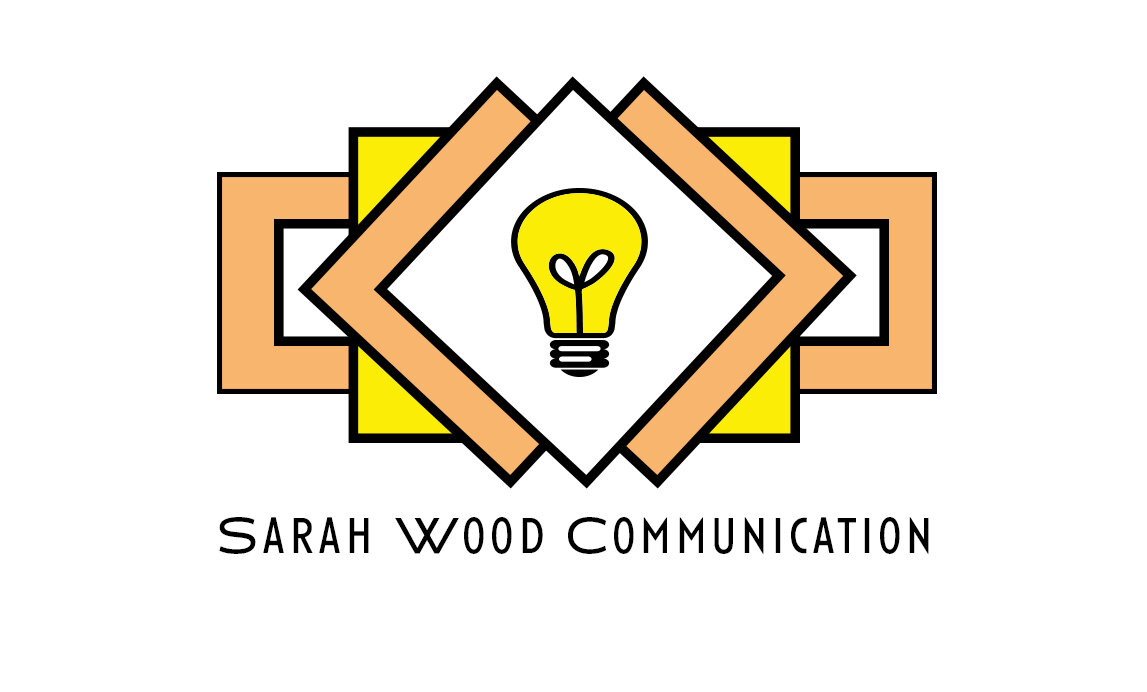Mass emails, e-mail newsletters, e-mail marketing, whatever you want to call them, they’re ubiquitous. We all get SO many emails a day. Why? Because they work.
Love them or hate them, popping up into your audience’s inboxes consistently is effective. If it wasn’t, we wouldn’t get so many. Here’s why it’s vital for purpose-driven organizations to invest in creating and maintaining an email list and a strategic communication plan that utilizes it.
It’s cost-effective: One of the reasons we get so many emails is because it’s cost-effective. There’s a fee for using a mass email service, but it’s very economical. And while there are exceptions, the fee is typically based on the size of your list versus the amount of emails you send, so there’s no financial penalty for sending more messages.
You own the list: Yes, it’s fantastic to have social media followers. Social media should absolutely be part of your comprehensive communication strategy. But you don’t own that connection. Last week’s temporary outage of Meta (Facebook, Instagram, Threads) sent a lot of people and organizations scrambling. If Meta or one of the other social networks went down permanently, or if you were banned, hacked, or otherwise locked out of your account, you would no longer have access to your followers. Email lists, on the other hand, can be downloaded and reused if you want to switch email providers, databases, etc.
It helps you build relationships: At the heart of corporate communication is the concept that organizations need to consistently share the stories of their good work and impact with their targeted audiences. Why? Because it builds a relationship; the more you “talk” with someone, the more they feel like they know you. The more connected your audience feels, the more likely they are to take actions that support you – whether that’s volunteering, donating, purchasing, spreading the word, contacting their representatives, etc.
It can be highly personalized: As anyone who’s gotten multiple follow-up emails about an item they clicked on in an email (ahem, me and Target) can tell you, emails can be highly personalized. The types of messages you receive, when you receive them, if reminders or follow-up messages need to occur - that can all be personalized by individual user. Why is that important? It means each subscriber can get the content they are most interested in and/or likely to act on.
There’s no algorithm determining who sees your content: Unlike social media, which uses algorithms to decide what content is served to users, email just gets sent and delivered. There are, of course, some best practices to prevent your emails from mistakenly being labeled as spam. But, in general, you control the message, you control who receives it, and you control when it gets sent.
Results are easy to measure: Open, click-through, and conversion rates, among other metrics, are available for mass emails. These rates make it easier for you to track progress over time, test what is most effective with your audience, and get a better idea of what messaging is the most resonant. The most appealing and impactful messaging can then be repackaged for different communication channels to further improve your reach and engagement with your target audience.
People love to hate on email. Complain all they want; people still check their email all the time. It’s on their computer, their phone, their smartwatches. It serves as a pillar of many organizations’ overall communication strategies, and when done well, it is an effective and economical way of consistently reaching your audience.
Liked this content? Sign up for our enewsletter to receive more. Need help with your communication strategy and how to incorporate emails? Contact us!
